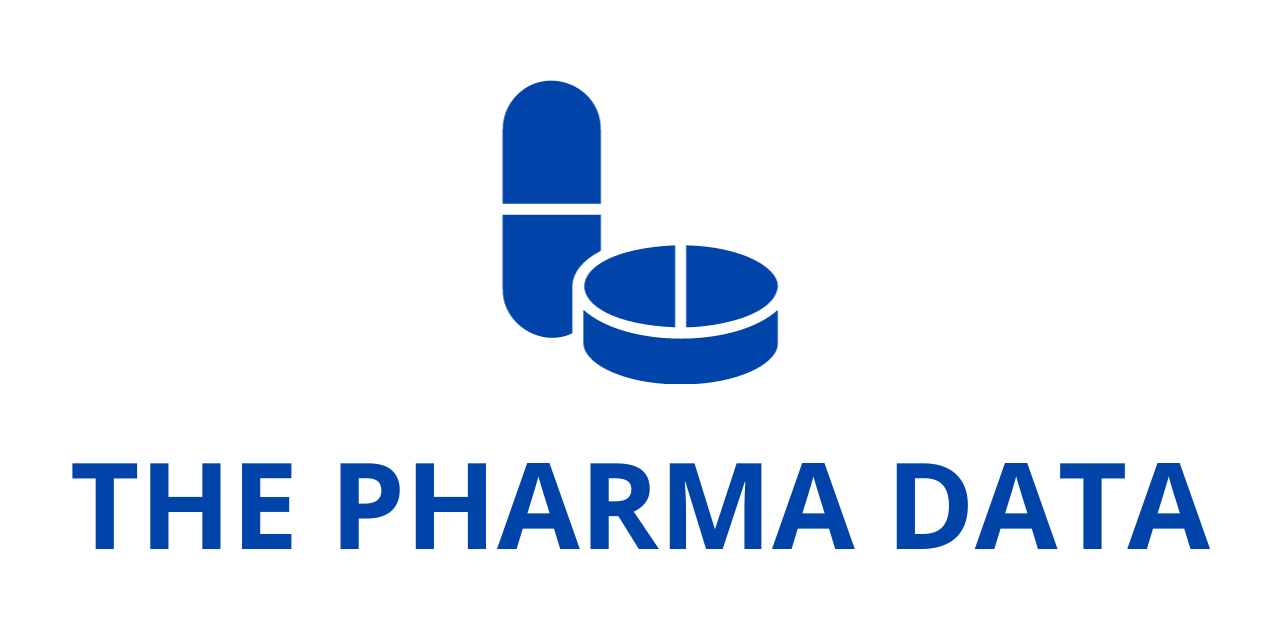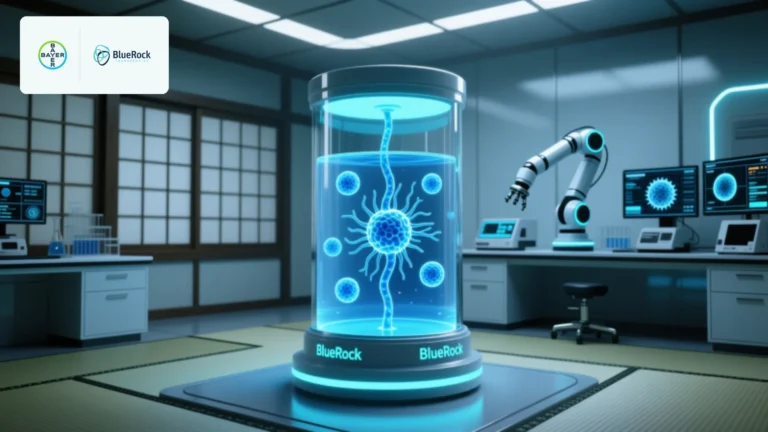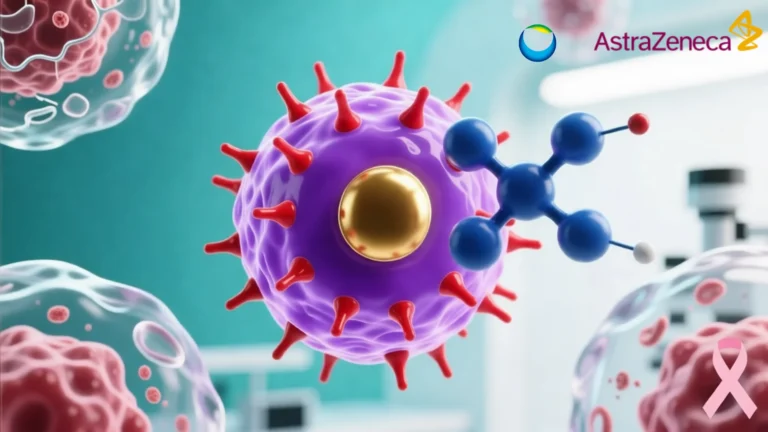
Biogen Reports Promising Interim Phase 1 Results for Salanersen in Spinal Muscular Atrophy, Prepares for Registrational Trials
Biogen has announced encouraging topline results from its Phase 1 clinical trial evaluating salanersen (BIIB115/ION306), an investigational antisense oligonucleotide (ASO) therapy for spinal muscular atrophy (SMA). Designed using the same fundamental mechanism as Biogen’s approved SMA treatment SPINRAZA (nusinersen), salanersen represents a next-generation approach aimed at greater potency and less frequent dosing—potentially requiring only once-yearly administration.
The interim data, presented at the SMA Research & Clinical Care Meeting hosted by Cure SMA in Anaheim, California, offer a strong signal of therapeutic potential. Notably, the findings support the advancement of salanersen into registrational Phase 3 studies, setting the stage for a potentially pivotal role in future SMA treatment paradigms.
Background: Salanersen’s Place in SMA Treatment Landscape
SMA is a rare genetic disorder characterized by progressive muscle wasting and weakness, caused by mutations in the SMN1 gene that lead to insufficient levels of survival motor neuron (SMN) protein. While the last decade has seen major breakthroughs in SMA treatment—including gene therapies like ZOLGENSMA® and ASOs like SPINRAZA—there remain substantial unmet medical needs. Some patients demonstrate suboptimal clinical outcomes or experience treatment fatigue due to ongoing, frequent dosing regimens.
Salanersen was engineered as an advanced ASO therapeutic, building on Biogen’s experience with SPINRAZA. The goal is to boost SMN protein production more effectively and offer a more convenient, once-a-year dosing schedule, thereby improving long-term disease management and patient compliance.
Phase 1 Study Overview
The Phase 1 clinical program was structured as a single ascending dose study to assess safety, tolerability, and pharmacokinetics of salanersen. The study included two parts:
- Part A: A randomized, placebo-controlled segment in healthy adult male volunteers.
- Part B: An open-label segment in pediatric patients with SMA who had previously been treated with gene therapy (specifically ZOLGENSMA) but exhibited continued or suboptimal clinical performance.
This interim analysis primarily focuses on Part B, encompassing 24 pediatric participants who received either 40 mg or 80 mg doses of salanersen as a single yearly injection.
Key Interim Results: Neurodegeneration Slowing and Functional Gains
Biomarker Improvements: Neurofilament Light Chain Reduction
One of the standout findings from the interim analysis was a 70% reduction in neurofilament light chain (NfL) levels at six months post-dose among patients with elevated NfL at baseline—a strong biomarker for ongoing neurodegeneration. These reductions were sustained through one year, highlighting salanersen’s potential to meaningfully slow disease progression.
Clinical Milestones: WHO Functional Gains
In a subgroup of eight children aged 2 to 12 years who had completed at least one year of follow-up, four participants (50%) achieved new World Health Organization (WHO) motor milestones—such as walking, crawling, standing, or sitting—without assistance, despite previously lacking these capabilities even after gene therapy.
One particularly compelling anecdote came from Dr. Valeria A. Sansone, a principal investigator from the Clinical Center NeMO in Milan. She recounted a case in which a child who had received gene therapy at one year of age but was still unable to sit unassisted by age five gained the ability to sit independently just three months after initiating salanersen—an outcome she described as “unexpected.”
“Of the data generated, to me, it is neurofilament and the WHO milestones that are most easily interpretable, given these children had previously received gene therapy,” said Dr. Sansone. “Given these are early data from a relatively small cohort, I am looking forward to further understanding the effects that salanersen can have in both previously treated and treatment-naïve individuals in the upcoming Phase 3 studies.”
Functional Score Improvements: HFMSE and RULM
In addition to milestone achievements, participants in the one-year follow-up group demonstrated clinically meaningful improvements in standardized motor function assessments:
- A 3.3-point average gain on the Hammersmith Functional Motor Scale – Expanded (HFMSE), commonly used to assess motor skills in SMA patients.
- A 5.3-point improvement on the Revised Upper Limb Module (RULM), which measures upper limb motor function—particularly critical in maintaining independence in older patients.
Safety Profile: Generally Well-Tolerated
The safety data emerging from the Phase 1 study support further development. Both the 40 mg and 80 mg doses of salanersen were generally well-tolerated, with no new safety signals identified.
- Most adverse events (AEs) were mild to moderate in severity.
- The most common AEs included pyrexia (fever) and upper respiratory tract infections.
Biogen emphasized that no dose-limiting toxicities were observed, and there were no reports of serious adverse events directly attributable to the study drug.
Next Steps: Planning for Phase 3 Registrational Studies
Buoyed by the positive interim results, Biogen has initiated discussions with global health authorities regarding the design of Phase 3 registrational trials. The upcoming studies are expected to enroll a broader population, including:
- Previously treated SMA patients who may benefit from switching to a once-yearly regimen.
- Treatment-naïve individuals, to evaluate efficacy as a first-line therapy.
Dr. Stephanie Fradette, Head of the Neuromuscular Development Unit at Biogen, stressed the importance of these upcoming studies in driving innovation forward.
“Despite the remarkable therapeutic advancements in the field of SMA over the past decade, there remains critical unmet needs,” said Dr. Fradette. “Salanersen represents the next phase of Biogen’s ongoing pursuit to address these needs. We are encouraged by the available data and eager to move salanersen into the next stage of development as quickly as possible.”
Strategic Collaboration with Ionis Pharmaceuticals
Salanersen originated from Biogen’s longstanding collaboration with Ionis Pharmaceuticals, Inc., a leader in RNA-targeted therapeutics. Under the terms of the agreement, Biogen holds the exclusive worldwide rights to develop, manufacture, and commercialize salanersen. Ionis originally discovered the compound as part of its antisense technology platform, which has led to multiple FDA-approved therapies across neurological and rare disease indications.
A Promising Step Forward in SMA Innovation
Biogen’s interim Phase 1 data for salanersen underscore the potential of this next-generation ASO to meet persistent treatment gaps in SMA. With its annual dosing, promising safety profile, and early signs of both functional and biomarker-driven efficacy, salanersen could emerge as a significant option for patients seeking improved convenience and clinical outcomes.
As Biogen advances salanersen into Phase 3 development, the SMA community—including patients, families, and clinicians—awaits further evidence to confirm whether this novel therapy will fulfill its promise in reshaping the future of SMA care.
Biogen is a global biotechnology leader focused on developing therapies for serious neurological diseases. With a robust portfolio including SPINRAZA and other innovations in neuromuscular disorders, the company remains committed to addressing unmet medical needs through advanced science and strategic collaboration.Ionis is a pioneer in antisense technology and RNA-targeted therapeutics. The company’s platform has led to a growing number of approved medicines and a rich pipeline targeting genetic and rare diseases.




